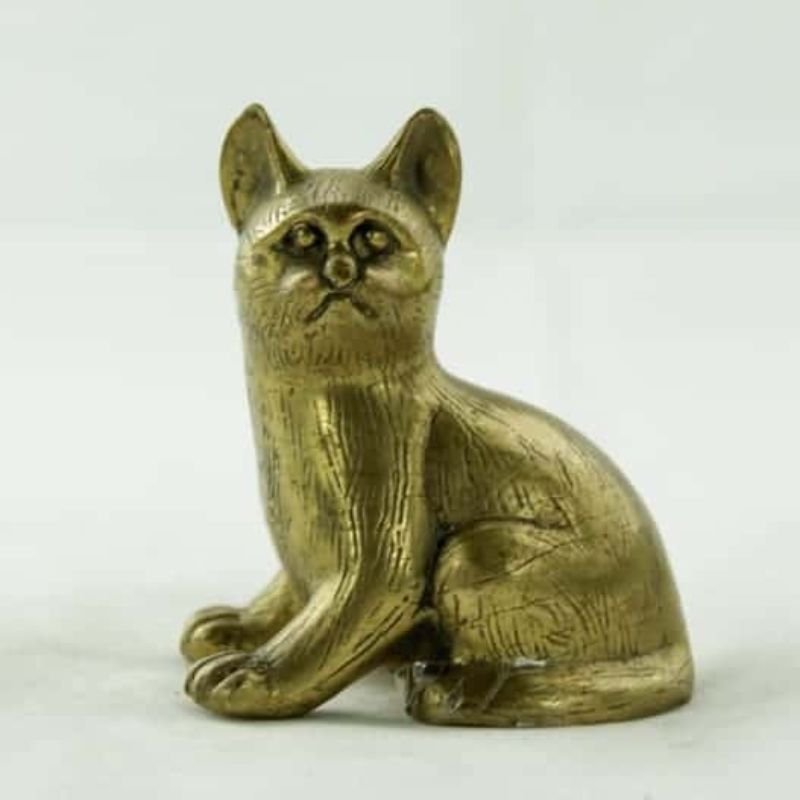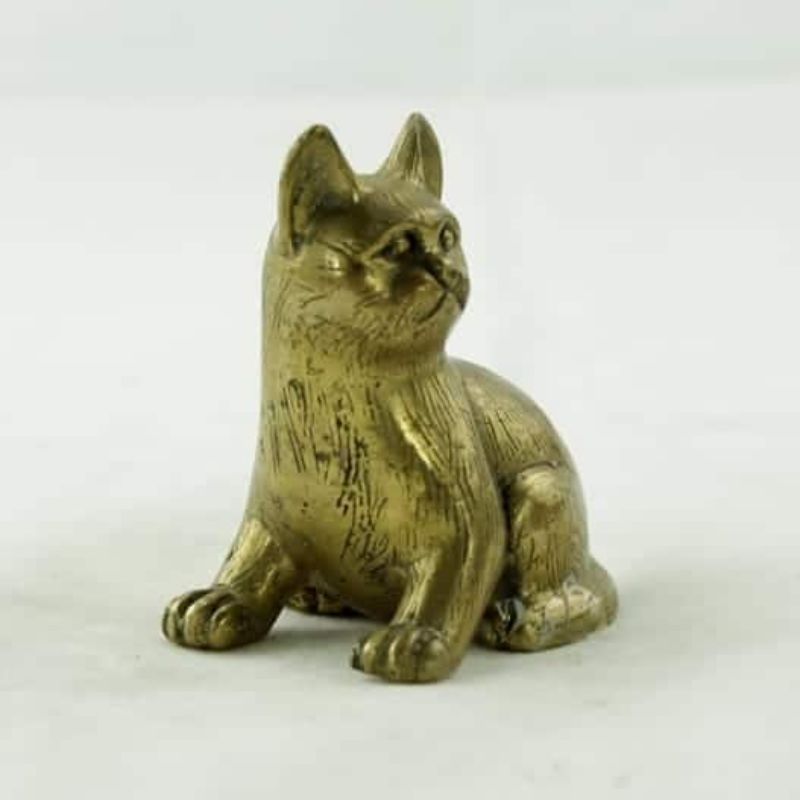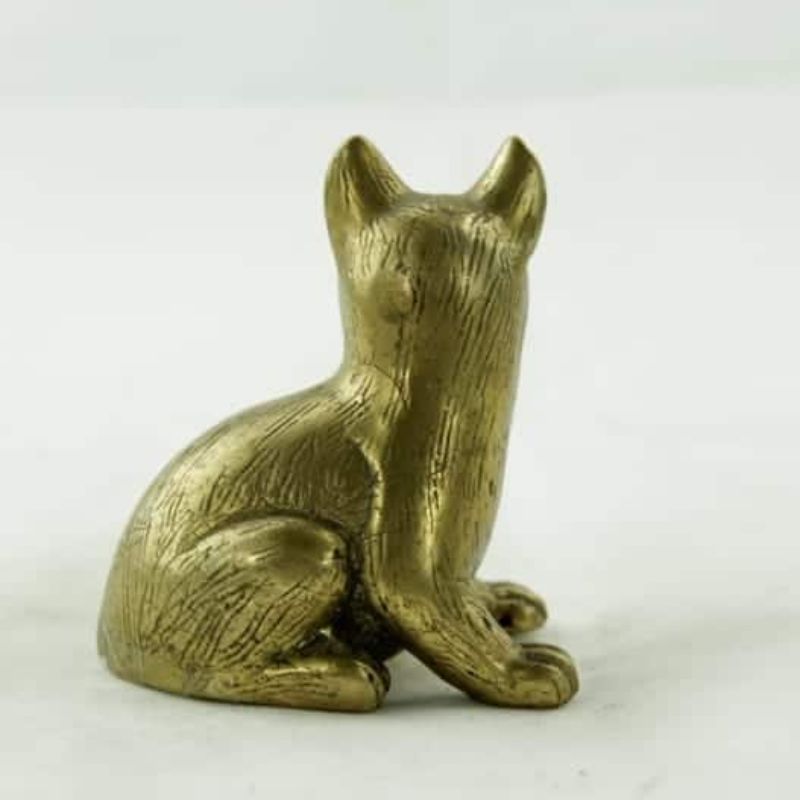Kanca Meyong – Spiritual Artifact
£20.50
Item is sold as an empty vessel. For Decoration Purpose only!
The Kanca Meyong spiritual artifact is a significant piece of history and spirituality in Indonesia. The artifact is believed to be from the ancient kingdom of Mataram, which was located on the island of Java and was one of the largest and most powerful kingdoms in Southeast Asia during its time.
Item is sold as an empty vessel. For Decoration Purpose only!
The Kanca Meyong spiritual artifact is a significant piece of history and spirituality in Indonesia. The artifact is believed to be from the ancient kingdom of Mataram, which was located on the island of Java and was one of the largest and most powerful kingdoms in Southeast Asia during its time.
The artifact itself is a small bronze figurine, measuring about 6 inches in height. It depicts a seated figure with intricate details and engravings that indicate it was created by skilled artisans. The figure is believed to be a representation of a Hindu goddess, possibly Durga or Kali, who was worshipped in the ancient kingdom of Mataram.
The significance of this artifact lies in its connection to the spirituality and cultural heritage of the people of Indonesia. The kingdom of Mataram was a Hindu-Buddhist kingdom, and the artifact serves as a reminder of the importance of religion and spirituality in the lives of the people of the region during this period.
The figure depicted in the artifact is believed to be a powerful symbol of protection and strength. The goddess Durga is often associated with protection, while Kali is known for her fierce and destructive power. The artifact is believed to have been used for worship and veneration, and it serves as a reminder of the important role that spirituality played in the lives of the people of the kingdom of Mataram.
The Kanca Meyong spiritual artifact has been dated back to the 8th century, which places it squarely in the period of the kingdom of Mataram. During this time, the kingdom was known for its cultural and artistic achievements, and artifacts such as this one were created to serve as symbols of the kingdom’s power and influence. The fact that the artifact has survived for over a thousand years is a testament to its durability and the reverence in which it was held.
Today, the artifact is considered a valuable piece of Indonesian history and is housed in a museum in Indonesia. It serves as a reminder of the enduring legacy of the kingdom of Mataram and the cultural and artistic achievements of the Javanese people. It is also a testament to the skill and craftsmanship of the artisans who created it, and the importance of preserving our cultural heritage.
For Indonesians, the Kanca Meyong spiritual artifact holds a special significance as a representation of their rich cultural heritage. It serves as a reminder of the importance of religion and spirituality in their history, and the role these practices play in shaping their identity. Indonesians around the world continue to venerate relics such as this one, as they provide a tangible connection to their cultural and spiritual past.
For historians and scholars, the artifact offers a valuable insight into the history and culture of the kingdom of Mataram. It serves as a primary source for studying the religious and artistic achievements of the kingdom, and the role it played in shaping the history of Southeast Asia. The artifact also provides a valuable window into the cultural and artistic exchanges that occurred between the Javanese people and other cultures during this period.
In conclusion, the Kanca Meyong spiritual artifact is a valuable piece of Indonesian history that provides a glimpse into the rich cultural heritage of the Javanese people. Its intricate craftsmanship and enduring legacy serve as a testament to the importance of preserving our cultural heritage and the enduring impact of the kingdom of Mataram on the region. It is a symbol of the spiritual and artistic achievements of the Javanese people and a reminder of the importance of religion and spirituality in shaping our cultural identity.
| Weight | 1 kg |
|---|
Related Products
-
A Malikul Incense (Small Bottle)
£46.30 -
Absolute Jasmine Oil—SOLD OUT
£73.40 -
Alyaman Incense (Large Bottle)
£58.40 -
Alyaman Incense (Small Bottle)
£46.30










